Influence of snow pack and soil water dynamics on river flows in un-glaciarized Himalayan catchments.
Résumé
In the Central Himalayas, it is generally accepted that 80 % of the annual precipitation occurs during the monsoonmonths (June – September). However, surveys with local populations show that surface water is availablethroughout the year. The main question then is to identify the origin of these surface flows. One hypothesisproposes that they are provided by glacial melt during the dry season. However, on the one hand, this historically“permanent” supply is also observed in catchments with little or no glacial contribution, and on the other hand,annual volumes cannot be totally explained by the glacial mass balances currently monitored.Therefore, a better understanding of the hydrological processes is needed for quantifying the influence ofthe inter-seasonal surface (snow) and sub-surface storage on surface flows outside of the monsoon season. Onesolution consists in the application of modelling tools. However, simulations for Himalayan catchments are limiteddue to a lack of knowledge regarding their hydrological behaviour. The main source of uncertainty in poorlymonitored environments is the scarcity of observations, which can be used for model calibration and evaluation.In this study, physically-based modelling with the ISBA Soil-Vegetation-Atmosphere transfer scheme is appliedto small catchments whose physical characteristics are well studied, therefore this approach could constitute aninteresting way for understanding hydrological systems.For that purpose, two small slope catchments selected in the Dudh Koshi River basin (Eastern Nepal),which represent high and mid-mountain environments, are studied in order to evaluate the spatial variability ofthe studied processes. They are equipped with 6 stations for air temperature and precipitation observations. Adistributed approach allows a better representation of the spatial variation of hydro-climatic processes. Moreover,the descriptions of surfaces currently available at global scales are enhanced, based on field observations andpoints of measurements of soil properties. A reduced number of internal parameters of the model can then becalibrated through a multi-objective optimization step. Both hourly measured flows and remote sensing data forsnow cover can be used as criteria for validation. In this presentation, we estimate from modelling results thecontribution of snow melt and sub surface flows to the river discharges during the seasons with low precipitation.
